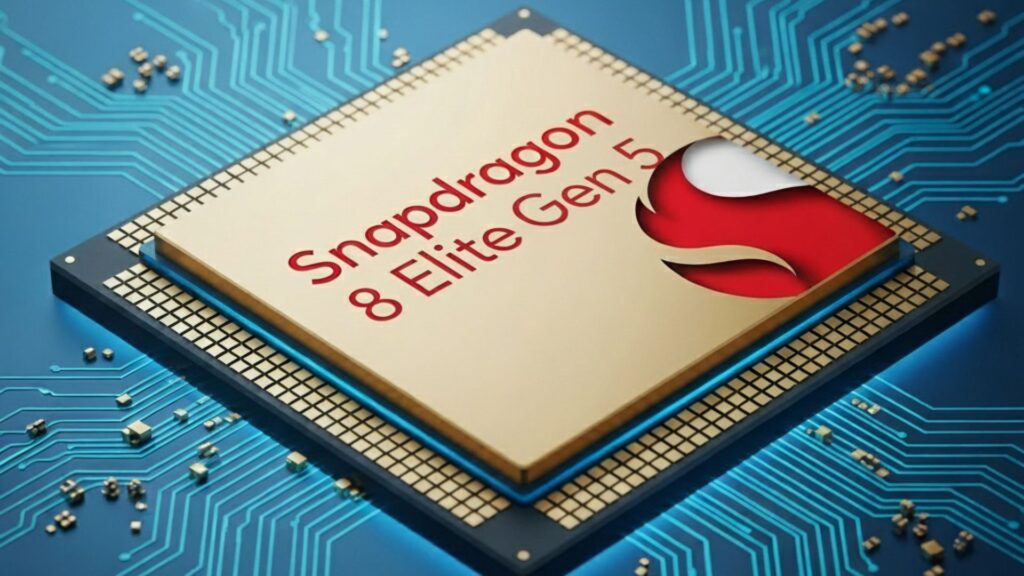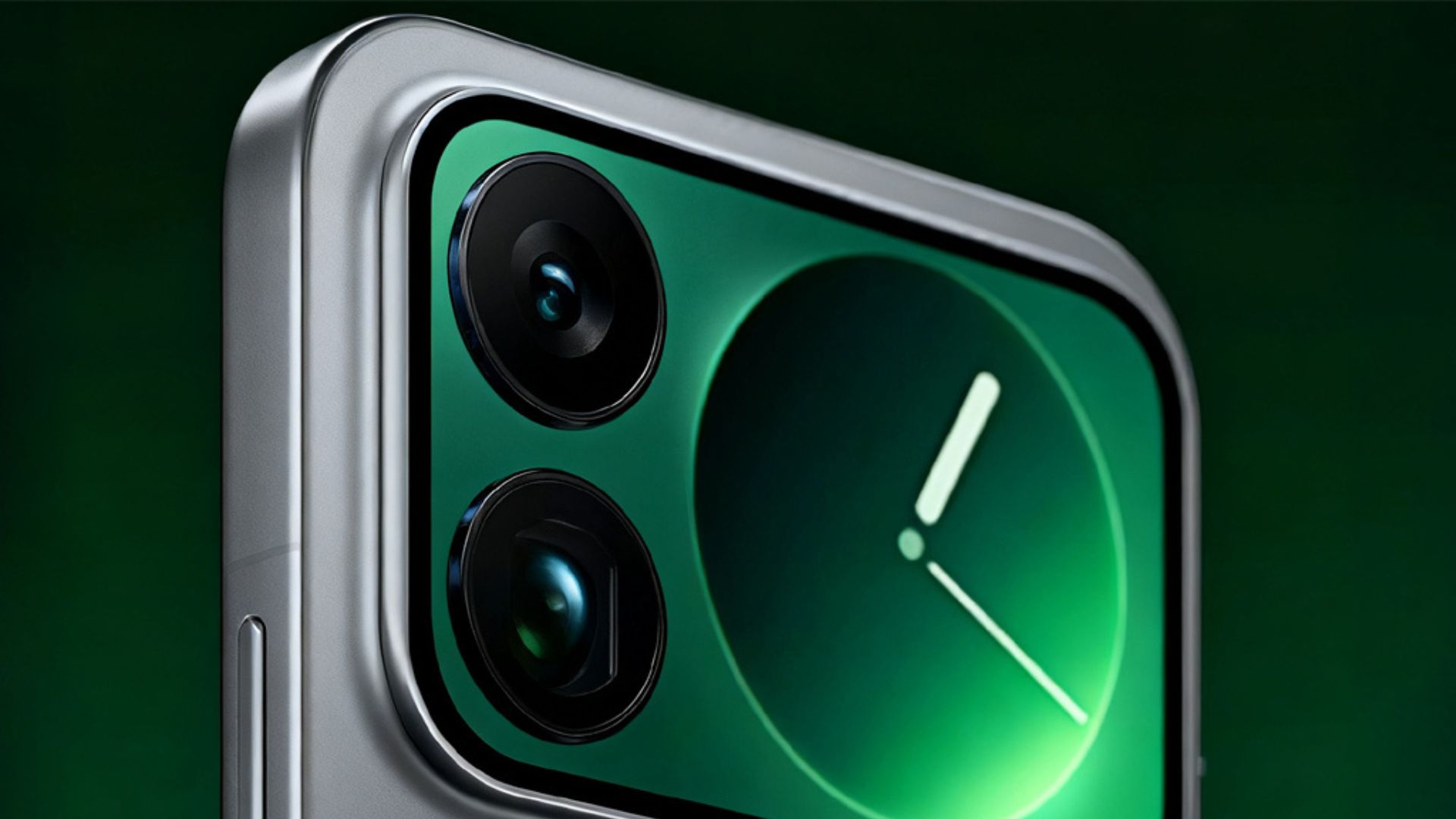
Benchmark results for Qualcomm’s latest flagship chip, the Snapdragon 8 Elite Gen 5, reveal that the processor is closing the gap on Apple’s A19 Pro in both single-core and multi-core performance for the first time in years. Early Geekbench listings for the Xiaomi 17 Pro show the Snapdragon 8 Elite Gen 5 scoring 3,705 points in single-core tests and 11,228 in multi-core, placing it within striking distance of the A19 Pro’s typical 4,019 and 11,054 scores, respectively (GSM Arena).
Significant Generational Improvement
Compared to its predecessor, the Snapdragon 8 Elite Gen 4, the Gen 5 variant delivers roughly a 19% boost in single-core performance and 15% increase in multi-core throughput. Benchmark runs ranged from 3,025 to 3,831 in single-core and 9,178 to 11,525 in multi-core, underscoring more consistent performance across workloads. The chip, built on TSMC’s 3 nm N3P process, features two 4.61 GHz prime Oryon cores and six 3.63 GHz performance cores, outpacing Apple’s 4.26 GHz cores on peak clock speeds (Notebookcheck).
Apple’s Single-Core Edge Persists
Despite Qualcomm’s gains, Apple maintains its single-thread advantage. The iPhone 17 Pro Max with A19 Pro achieved 9,968 in multi-core tests, while sustaining superior single-core results owing to architectural efficiencies and advanced thermal management that Apple claims deliver up to 40% better sustained performance under load. Nonetheless, the performance delta has shrunk significantly, offering Android enthusiasts renewed confidence in Qualcomm’s silicon roadmap (TechRadar).
Industry Impact and Launch Plans
Qualcomm confirmed the Snapdragon 8 Elite Gen 5 branding ahead of its Snapdragon Summit on September 23–25, 2025, marking the fifth generation of its premium 8-series since 2021’s naming overhaul. Major OEMs—Samsung, OnePlus and Xiaomi—plan to ship flagship devices powered by the new chip before year-end. Xiaomi’s 17 series is confirmed among the first, as evidenced by the Geekbench appearance.
These benchmark results signal a turning point in the mobile processor market, intensifying competition and potentially ending Apple’s multi-year dominance in absolute performance. As both ecosystems push toward generational enhancements, consumers stand to benefit from increasingly capable hardware regardless of platform choice.











